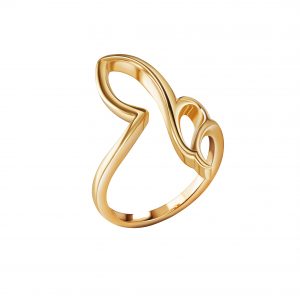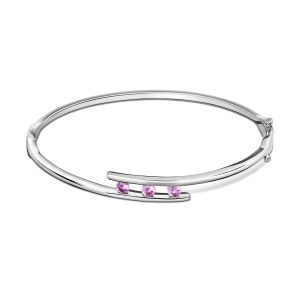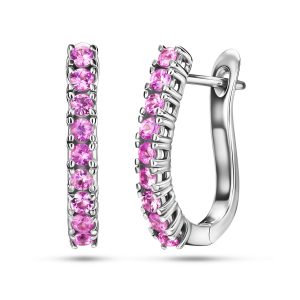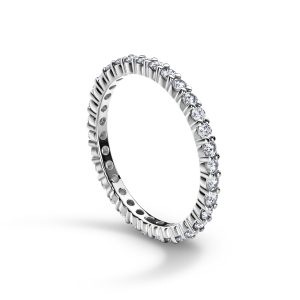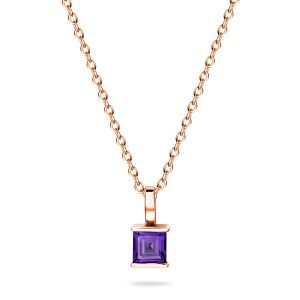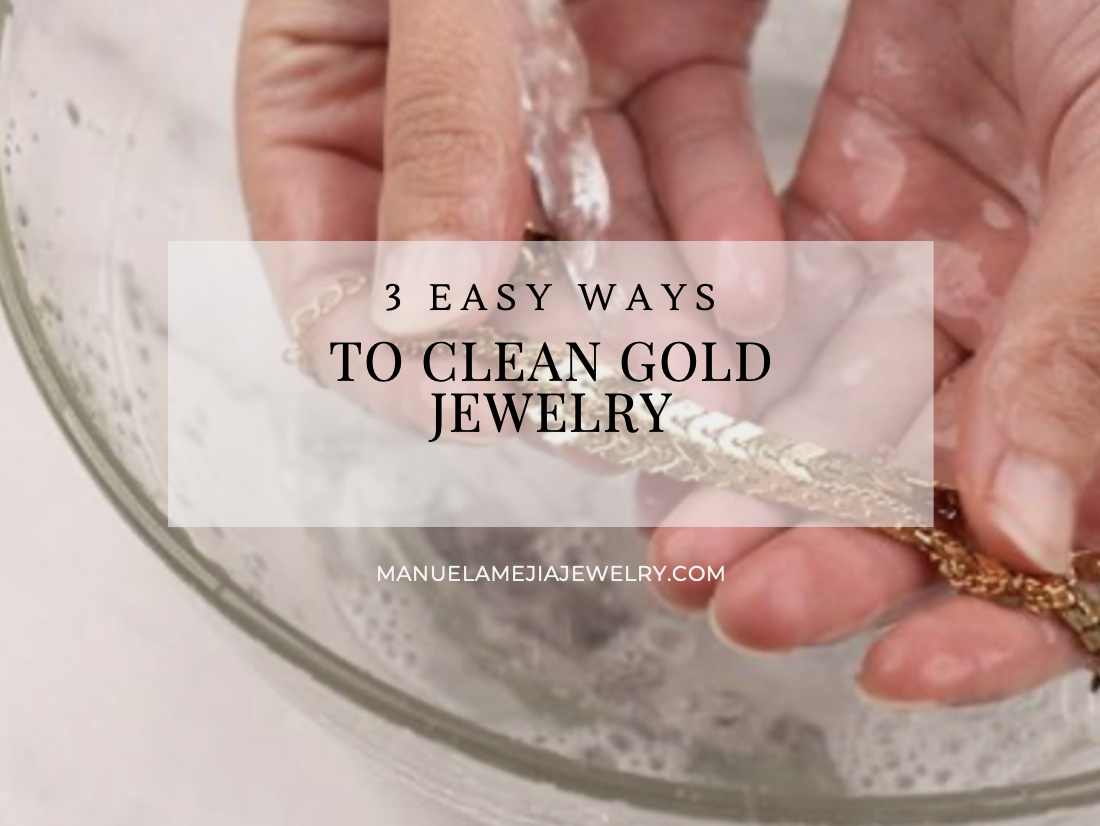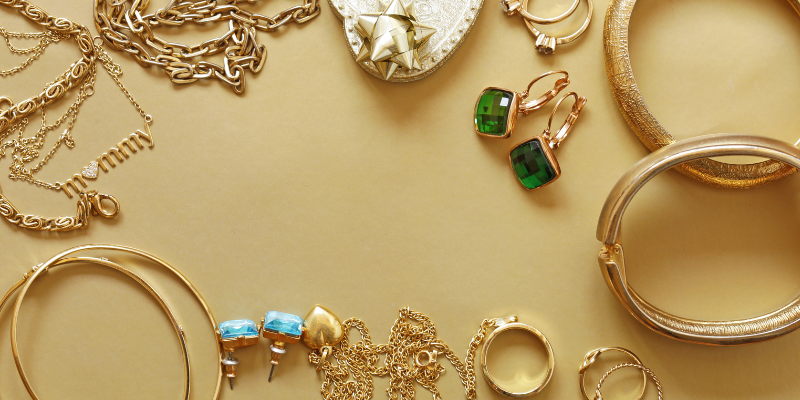
How to Test Real Gold at Home
Gold is a precious metal many people invest in because it is a safe value. A lot of people buy gold without knowing if it’s real gold, gold plating, gold alloy, or simply not gold.
If this is your case you may be asking yourself — how can you tell real gold from fake at home? or what can I use to test gold at home? We have the answers for you.
Find below 6 Tips On How To Test Real Gold At Home
But first, how is the purity of gold measured?
Have you ever heard of Gold Law? In precious metals such as gold, gold law is understood to be the proportion by weight in which the pure metal is found in an alloy. The purity of gold is measured in thousandths, which indicates the proportion of pure gold that exists if we divide it into 1000 equal parts.
24-karat gold is considered pure. However, any metal, however refined it may be, always contains a small number of impurities. Therefore, gold is considered pure when it has at least 999 thousandths. In this case, 24-karat gold has a purity percentage of 99.9%.
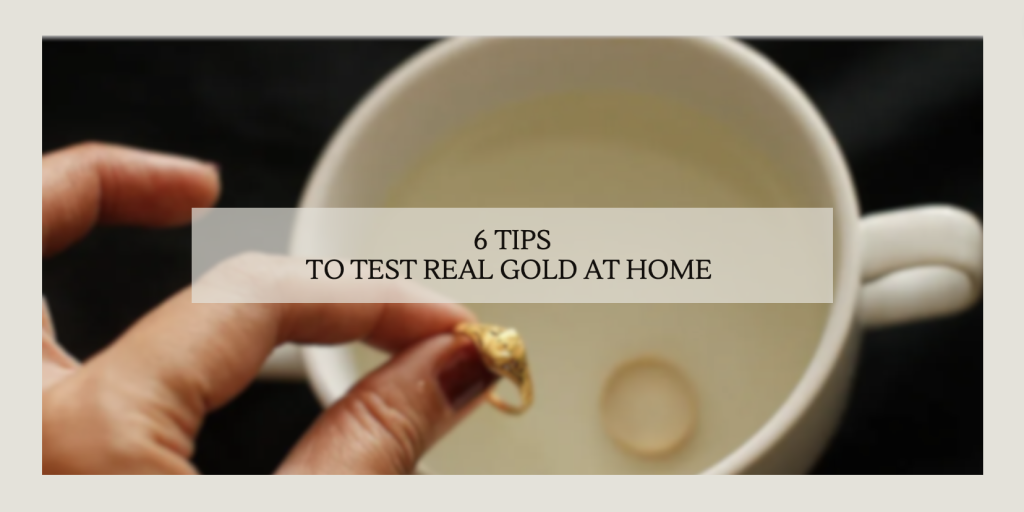
TIP 1 - THE VISUAL INSPECTION TEST
There are multiple ways to tell if gold is real. Many people ask, how can I test gold quickly? In this article, we will tell you about the effective and simple ways to test gold that don’t fail. Prepare your five senses to recognize real gold like a pro! So let’s discover how to tell real gold from fake.

Now if you are thinking; what is the safest way to test gold?
This is for you. This visual test is done through a thorough analysis to check if the jewel you have in your hands is genuine gold. We will be looking for a few essential vital clues.
What to look for:
- Signs of Discoloration: Does real gold turn dark? Well, the color of gold is uniform. Non-gold jewelry will show areas where another metal other than gold appears. Real gold, even if it wears out, has no other color: it only looks gold.
- Purity Hallmark: All genuine gold pieces have an engraved hallmark somewhere that indicates the purity of it or the karats it has. In the event that the piece does not have that small mark -which really is tiny-, it is possibly a fake piece. However, it may happen that the small mark has been erased or faded over time. But beware, many fake pieces also include that mark to deceive buyers.
- Color and Shines: Genuine gold has a beautiful yellow color and is not very shiny. You may be wondering, does fake gold shine? If your gold piece is too shiny, too yellow, or has another color tone(reddish), then it’s not pure gold.
If the inspection is not conclusive, you should move on to the following ones for a full examination.
TIP 2 - TAKE A BIT TO TEST A REAL GOLD

Have you ever noticed that all Olympic athletes bite their gold medals? this tradition comes from the 1800s gold rush in California, the practice of biting gold was very popular. The reality is that it is an effective way to know if it’s real gold but your dentist may not approve! — to follow through with this test we recommend being very gentle, see, real gold is a soft material. If one gently bites the jewel it will slightly dent, if the gold is fake nothing will happen when you bite down.
This test only works with 24-karat jewelry because there are many jewels that receive a superficial gold bath or other metal combinations that will not be possible to test.
TIP 3 - THE SCRATCH TEST
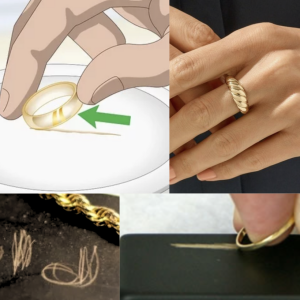
To perform this test, you need an unglazed ceramic dish. Gently scrape your jewel on the plate, real gold will leave a gold-colored mark, other metals will leave a black streak. Be gentle enough while scraping to avoid damaging your jewelry.
TIP 4 - HOW TO TEST GOLD WITH A MAGNET?
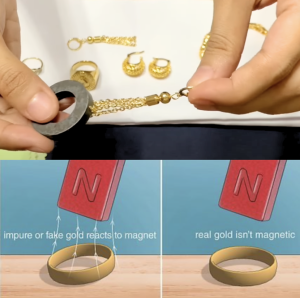
Gold is not a magnetic metal, so placing a magnet close to your jewel will give you clarity of its authenticity. Get a fairly strong magnet (the fridge magnets don’t work). If your piece of gold is attracted to the magnet, what you are holding in your hand is not gold, it is probably gold-plated iron metal.
TIP 5 - THE DENSITY TEST (HOW TO TELL IF GOLD IS REAL?)

With the density test, you will think you have returned to high school years! Get ready for a little lab experiment. We will divide the mass of the jewel by its volume to yield the density.
You will need:
- One-millimeter container
- One-milligram weight
- Water
The first thing is to weigh your jewel, then fill the millimeter container with water up to the zero mark and submerge the gold piece. Look at the level that the piece marks when submerging it. Analyze the difference and you’ll have the density of your piece.
Find below popular densities: This will allow you to conclude your jewel’s approximate authenticity.
- 10K: 11.57 gr/ml
- 14K: 13.97 gr/ml
- 18K: 15.58 gr/ml
- 24K: 19.32 gr/ml
TIP 6 - THE NITRIC ACID TEST

Gold is a noble metal resistant to change by corrosion.
This method needs to be done with the necessary precautions to ensure it is performed safely.
You will need:
- A stainless steel plate
- Nitric Acid
- Gloves
Place your jewel on the stainless steel plate then pour 3 drops of nitric acid on the jewel. Wait a few seconds, if the jewel turns dark/green it’s because it’s only gold-plated. If it turns into a white tone it’s because is made out of gold-plated silver. If it doesn’t change color then you have genuine gold on your hands!
FACTS & MYTHS ABOUT GOLD
Is toothpaste good for testing gold?
False. It is a common myth that toothpaste is a good way to clean your jewelry or for testing gold. Toothpaste can damage your diamonds, gemstones, gold, and silver. Toothpaste is abrasive and has a hardness of around 3/4 on the Mohs Scale of Hardness. Metals such as gold and silver are softer, so toothpaste can actually scratch and damage your gold and silver jewelry.
Does Fake Gold Shine More?
First, we need to define — What does fake gold look like? Fake gold can vary in weight but surely in a short span of time, it will show signs of discoloration, tarnish, and chipping. The answer is yes, it is a fact that fake gold shines more than genuine gold.
THE RECAP
Now you are a pro! We looked into all 6 tips to check real gold at home. You may be wondering which one to employ, find below a list of recommendations:
1 – THE VISUAL INSPECTION TEST: This test is highly recommended when buying jewelry.
2 – TAKE A BIT TEST: If you find yourself in a rush to know if it’s real gold. (Be gentle).
3 – THE SCRATCHER: This method is ideal for solid gold band rings and non fragile pieces.
4 – THE DENSITY TEST: This is best when you want to test delicate jewelry with stones.
5 – THE MAGNET TEST: This is the best method when you have very delicate jewelry.
6 – THE NITRIC ACID TEST: This method is best for quick and precise results.
We are happy to share these effective ways to test gold at home. However, the best way to make sure that your jewelry is made of real gold is to purchase from trusted and professional jewelry stores. Here at Manuela Mejia Jewelry, you will find the highest quality metals including gold, platinum, and precious stones such as diamonds, emeralds, sapphires, and so much more.
SHARE THIS POST
“How to Test Real Gold at Home”

